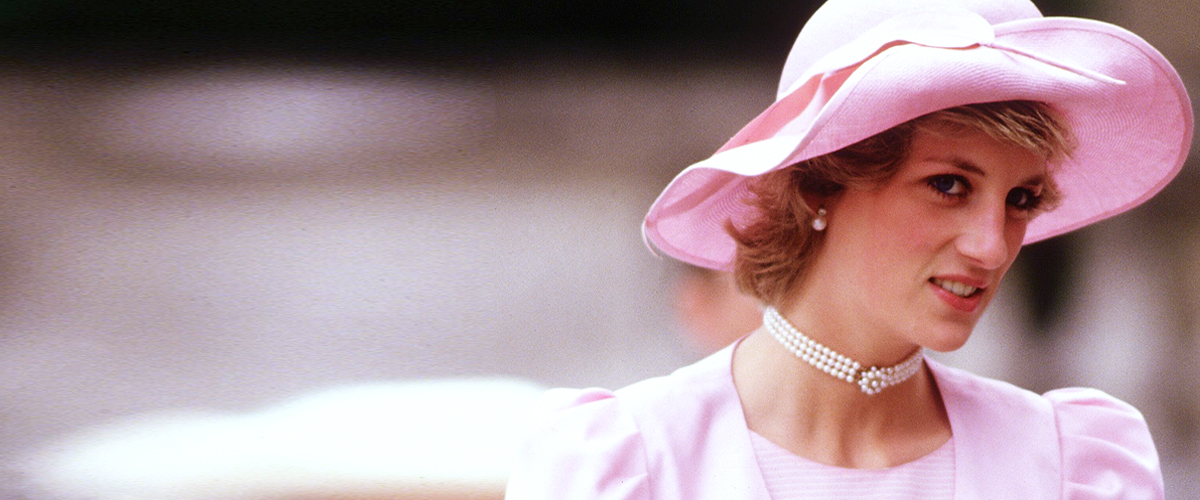
Members of the British Royalty Who Were Blacklisted from their Family
The British Royal family is one of the richest in term of history. Unfortunately, some of the decisions they took years ago leave a great deal to be desired. Blacklisting some of its members from their family is one of them.
Similar to what most common families do, the Royals have always tried to deal with their problems under the wraps, and the way they blacklisted the “lost prince” is the perfect example of it.
Prince John, the “Lost Prince”
Prince John, often referred to as the “Lost Prince,” was the brother of King Edward VIII, who ruled over the UK for less than a year in 1936.
Even though John was fifth in line to the throne, almost nobody remembers him. Apart from the fact that he died of epilepsy aged 13, people don’t remember him because his family kept him hidden.
The prince suffered from a condition that made him have seizures and, as a way to keep it a secret, the Royal family wouldn’t let him get out of the Sandringham estate, where a nurse took care of him regularly.
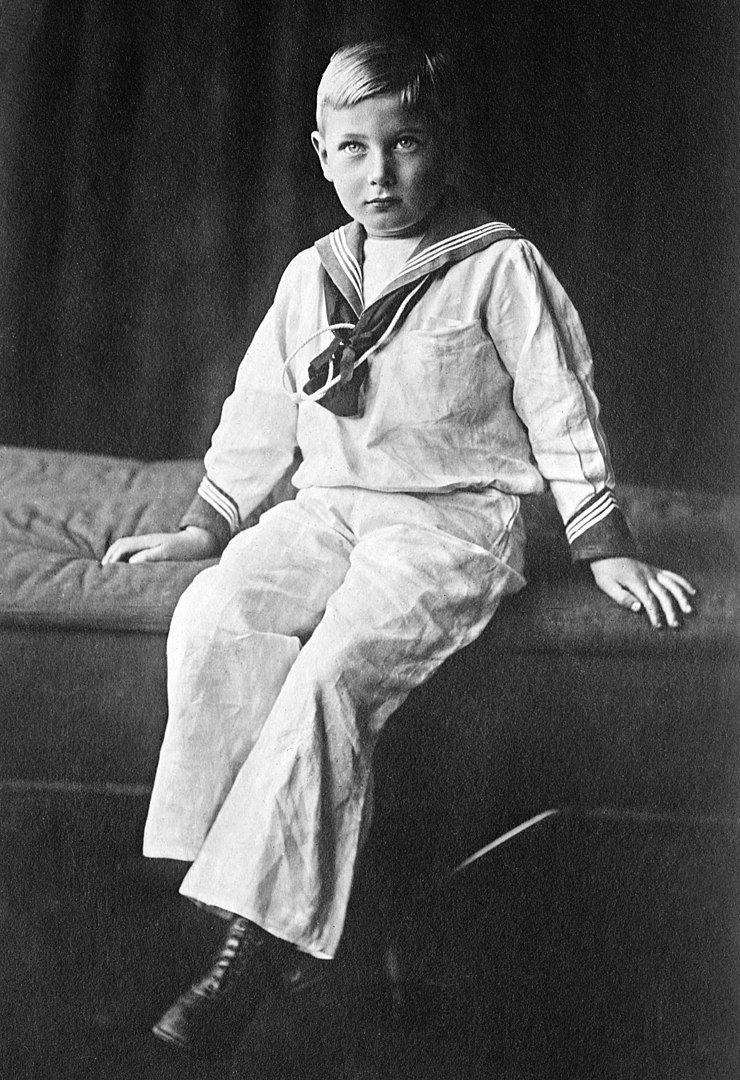
Prince John, the "Lost Prince" circa 1913 | Source: Wikimedia Commons
"It has been said that the Royal family wanted to keep John's condition a secret as it could have shown the Royal blood was not as pure as was thought,” reported the Telegraph.
That theory seems to be the most accurate, given the fact that even the blinds of the cars where John would travel for medical appointments would remain close throughout the trip.
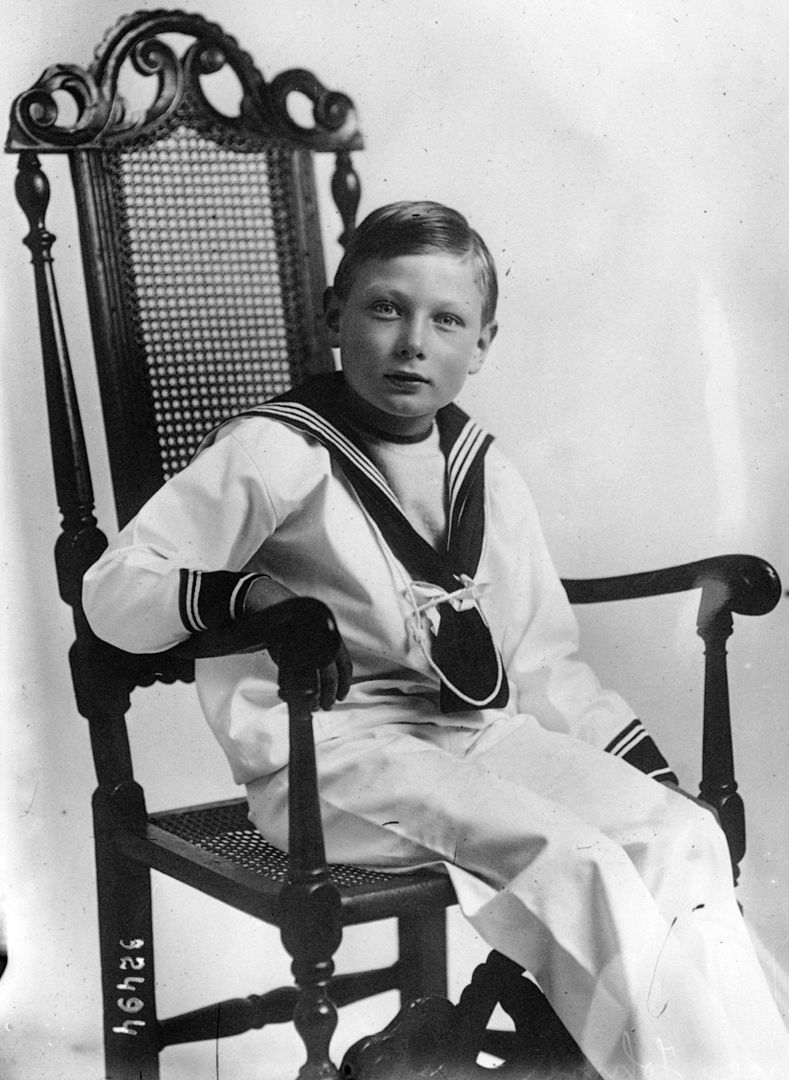
Prince John, the "Lost Prince" circa 1913 | Source: Wikimedia Commons
Such action was the Royals’ way to make sure that John wouldn’t bring “disgrace” to the family by having a seizure in public.
King Edward VIII’s letters confirm that John was “practically shut up” during the two years before his death. He added that the family would visit him only once or twice a year and that the “poor boy” became more of an “animal” than anything else.
Nerissa and Katharine Bowes-Lyon
Prince John was not the only member of the family with health problems. The nieces of the Queen Mother, Nerissa and Katharine Bowes-Lyon, were born with a mental disability.
Thankfully, they were not locked in a palace but admitted into the Royal Earlswood Asylum for Mental Defectives in 1941. In Nerissa’s case, she was 22 when she entered the facility. Her younger sister was only 15.
During the 2011 documentary “The Queen’s Hidden Cousins,” one of the nurses who took care of Nerissa revealed that she could not speak but would make gestures and noises to communicate.
Unfortunately, neither of them would receive as many visits as they would have wished. The last recorded one that Nerissa got was in the 60s. After she passed away in 1986, her grave was marked with nothing but a serial number and a name tag.
Katharine, on the other hand, was sent to a residential care home in 1997 due to the closure of the Royal Earlswood Asylum. In 2014, she passed away aged 87.
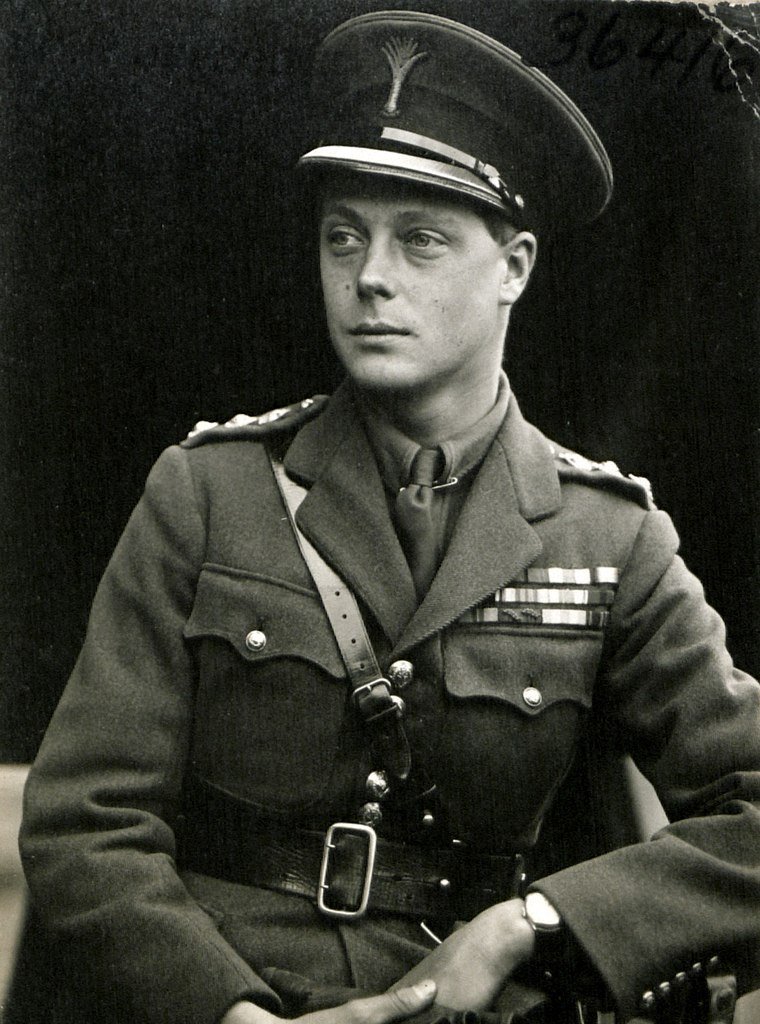
Edward VIII in uniform as colonel of the Welsh Guards in 1919 | Source: Wikimedia Commons
King Edward VIII
As mentioned before, Edward VIII became King of the UK in January 1936. However, less than a year after that, he was ready to marry his true love, Wallis Simpson. The only problem was, however, that she was a divorcee.
The couple was not as lucky as Prince Harry and Duchess Meghan, though, as the rules of marriage at the moment were a lot stricter and the Church of England opposed remarriage after divorce.
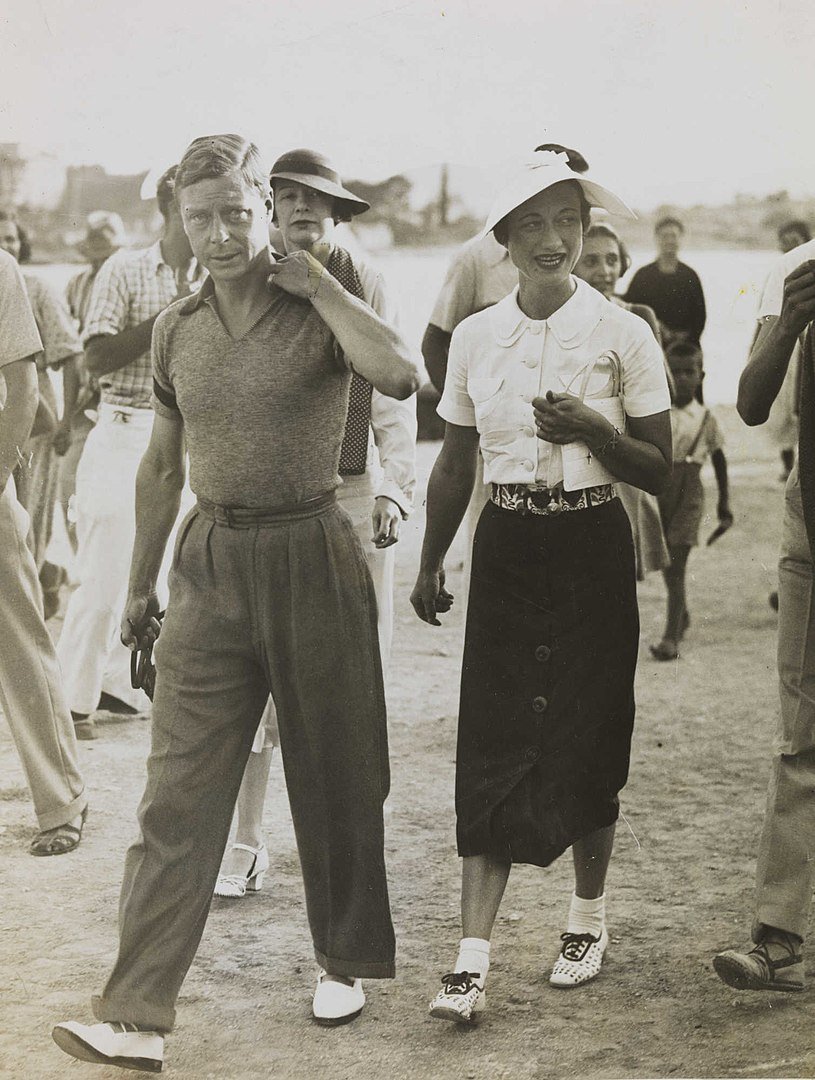
Edward VIII and Wallis Simpson on their Mediterranean holiday in 1936 | Source: Wikimedia Commons
Even though Edward VIII suggested a morganatic marriage, which means that he would remain King, but Wallis would not receive the title of Queen. Their children wouldn’t be in line to the throne, either, but the government rejected the idea.
Edward eventually abdicated and married Wallis in France. As a result, the Royal family forced him to stay away from the UK if he didn’t want to be financially cut off.
The former King labeled the decision as “unfair and intolerable” as he didn’t intend to “renounce my native land.” Sadly, he lived the rest of his life in exile, mainly in Paris.
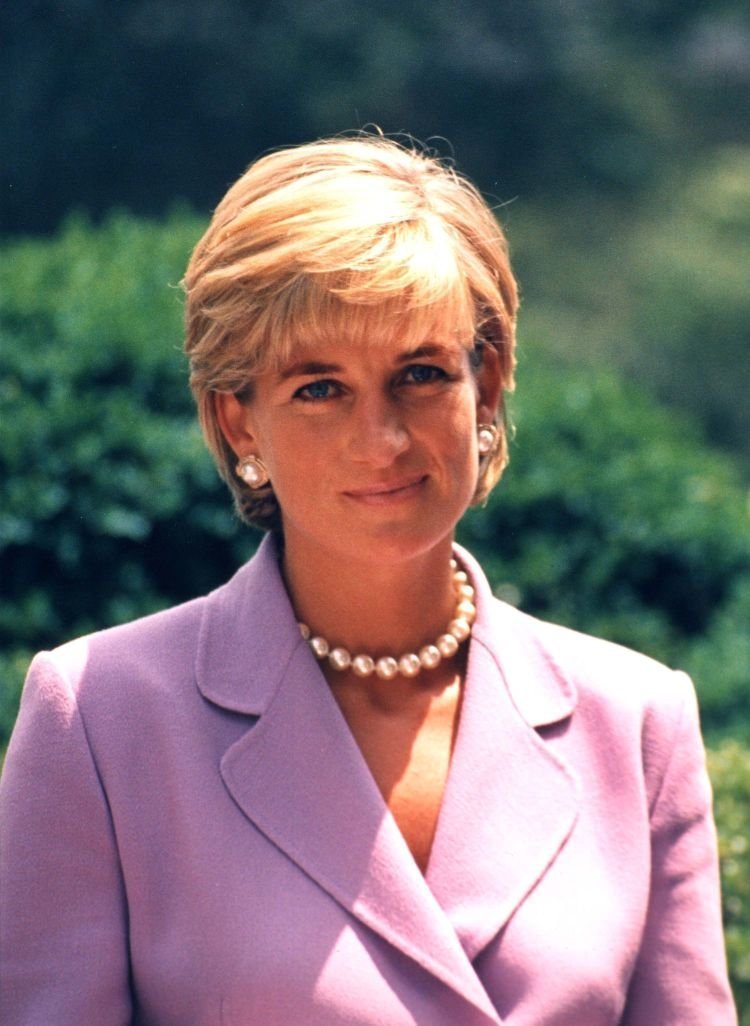
Princess Diana smiling at the camera in 1997 | Source: Wikimedia Commons
Princess Diana
Princess Diana suffered probably one of the most known cases of blacklisting in the history of the Royal family. When she and Prince Charles got divorced in 1996, her royal title was taken away.
Despite the family’s efforts, people still considered Diana as a princess soon after the divorce and even now, more than a decade after her tragic death in a car accident in Paris, France.
